Climate change is no longer a distant threat but a present reality that profoundly impacts local economies worldwide. The effects are being felt at all levels, from increased natural disasters to disrupted agriculture. This article highlights 18 alarming ways climate change challenges communities, industries, and governments, emphasizing the urgent need for action. By understanding these consequences, we can better prepare for the future and mitigate the damage caused by a rapidly changing climate.
Agricultural Losses
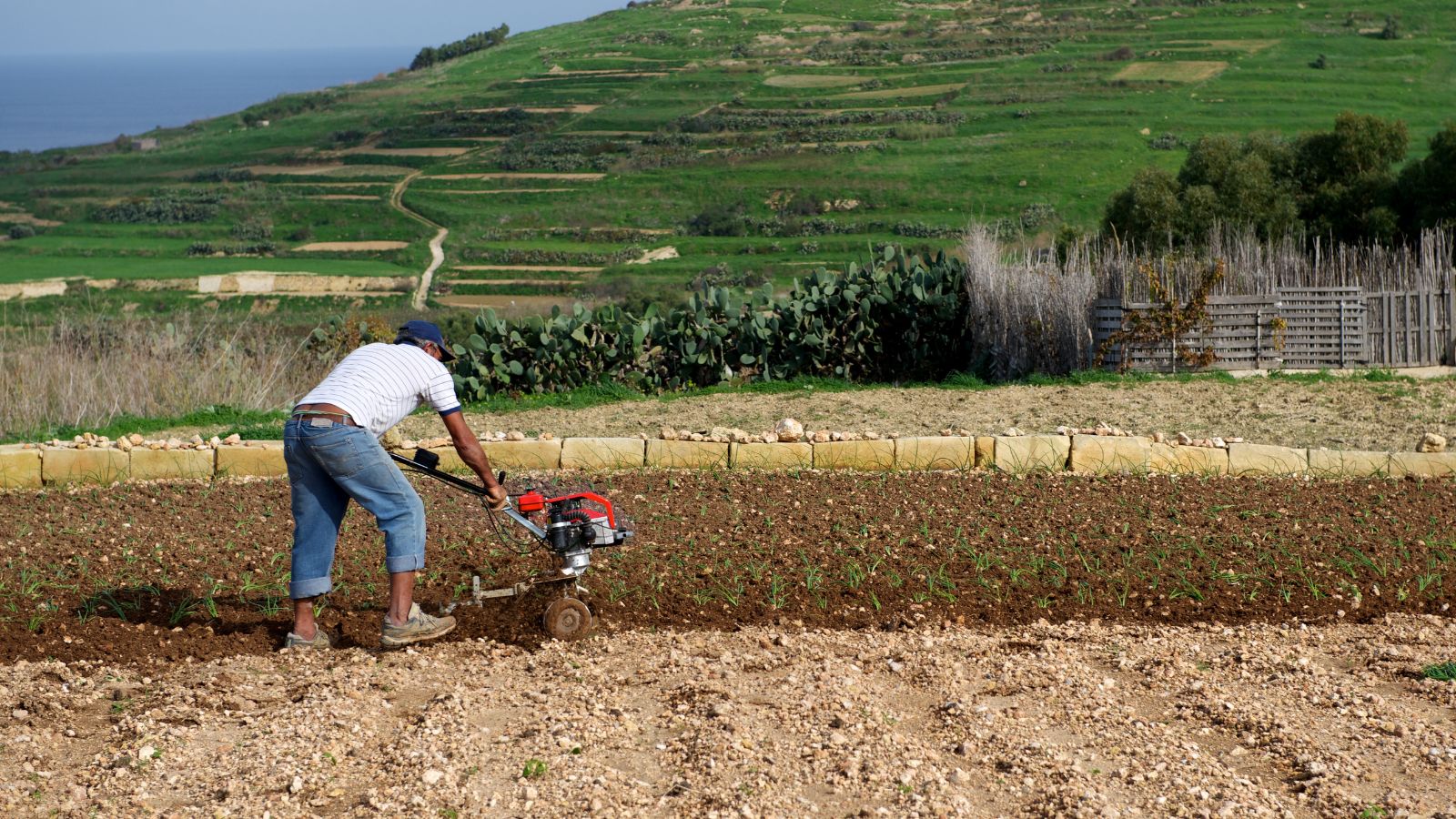
Agriculture is one of the most obvious areas where local economies are impacted by climate change. Droughts, floods, and temperature fluctuations restricting crop yields are problems for farmers as weather patterns become more unpredictable. Both producers and consumers are affected by fewer workers, which in turn causes food prices to rise and supply shortages.
Water Scarcity and Drought
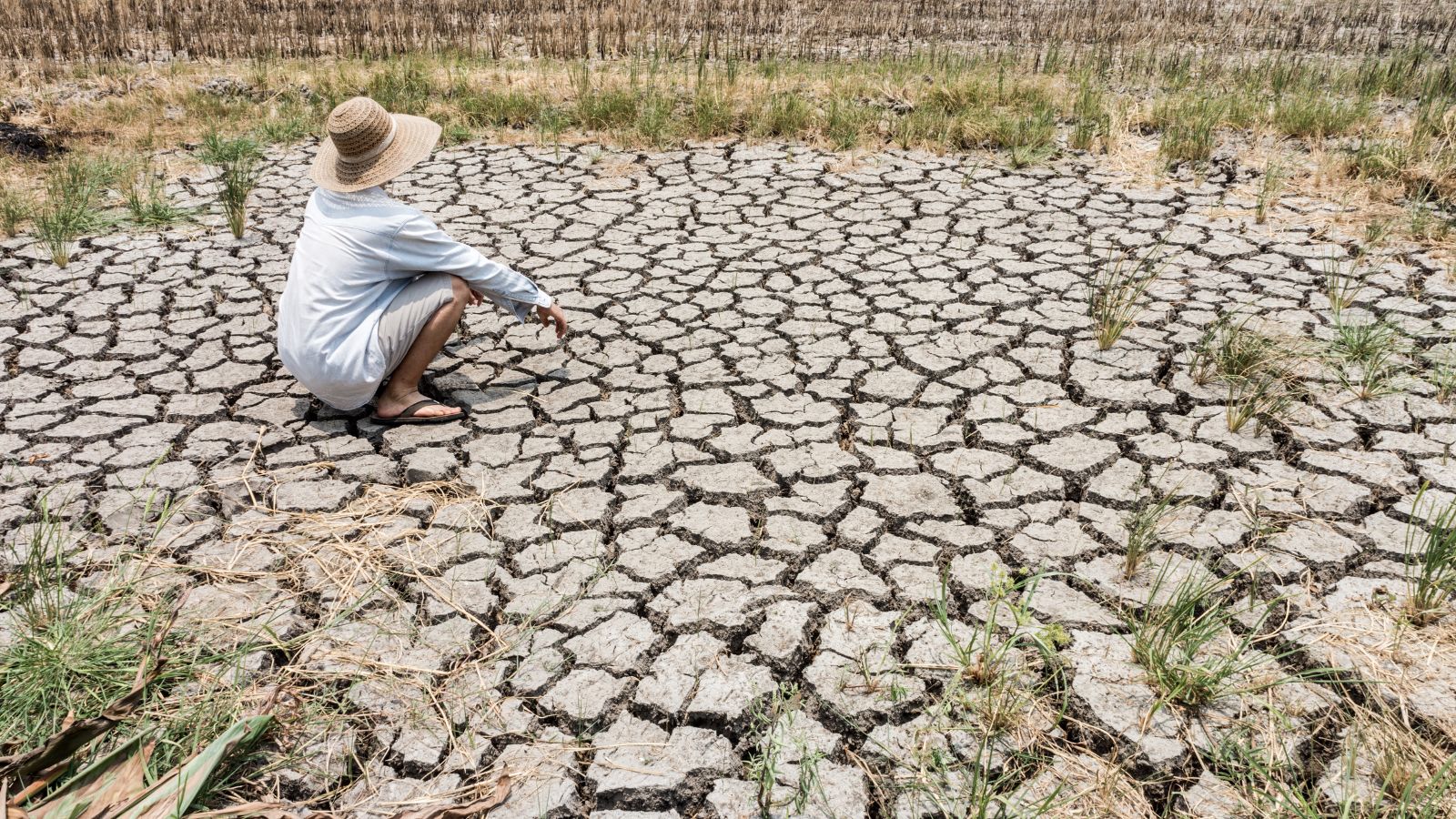
Water scarcity and droughts are becoming more frequent due to climate change, severely impacting local economies. Reduced water availability affects agriculture, limiting crop production and raising food prices. Industries reliant on water, such as manufacturing and energy production, also suffer. Communities face challenges in maintaining basic services, leading to economic strain, increased costs, and potential migration.
Wildfires and Forest Economy
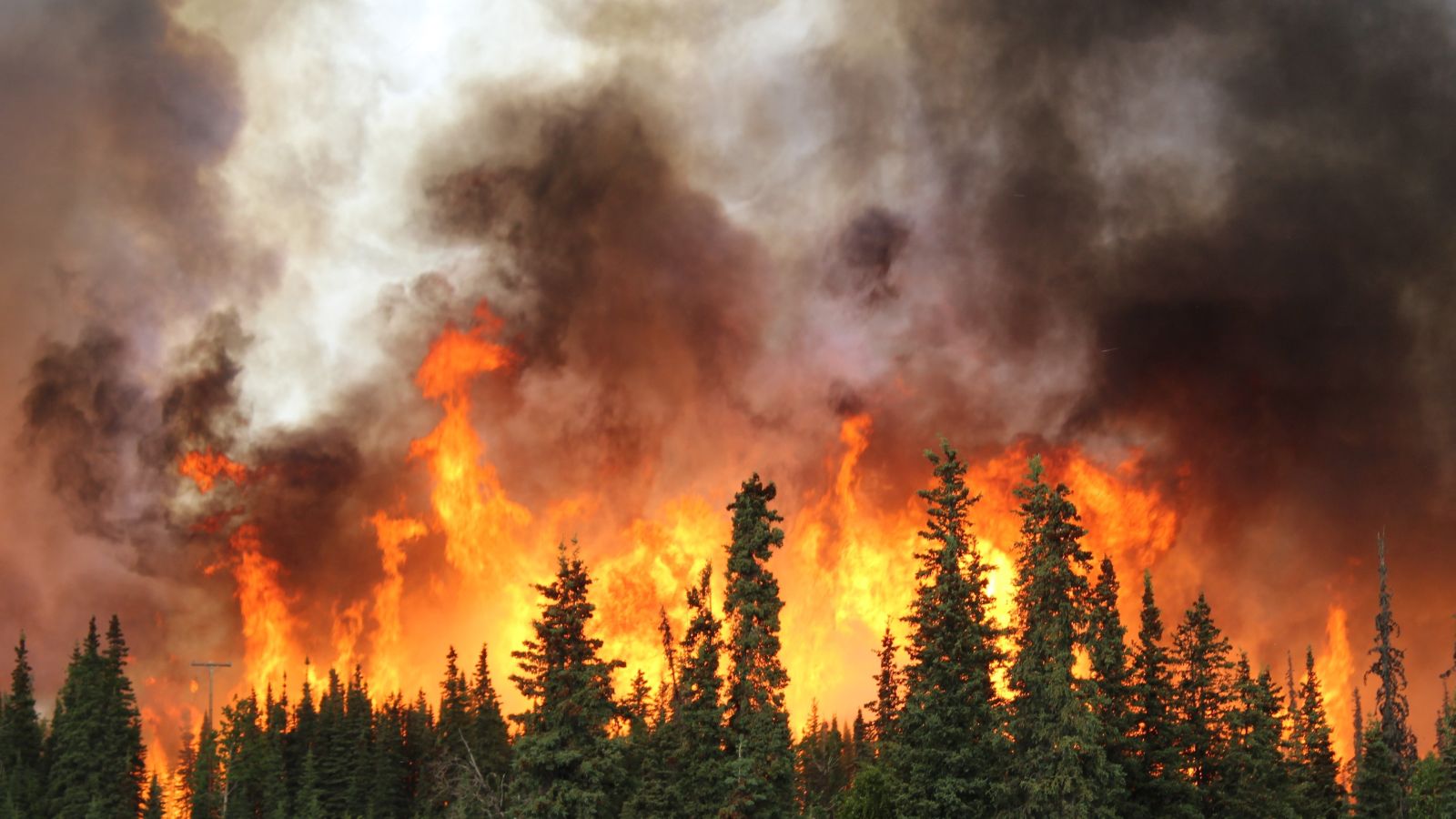
There has been a rise in severe wildfires that can cause disaster in areas like sections of Australia and the western United States, destroying entire forests, homes, and infrastructure. In addition to causing immediate devastation, wildfires can contribute to long-term economic problems by harming the tourism, outdoor recreation, and forestry industries—all essential to many local economies.
Sea-Level Rise Impacting Coastal Economies

Sea level rise and the ongoing risk of flooding are causing property values to decline in coastal towns worldwide. Insuring homes and businesses in flood-prone locations is becoming harder, and many property values decline without insurance, resulting in financial loss. This affects coastal communities’ general economic stability, tax receipts, and local real estate markets.
Reduced Tourism Revenue

The areas that depend on tourism are seeing a sharp drop in tourists as climate change alters weather patterns. While beach locations face deteriorating shorelines, ski resorts are experiencing shorter snow seasons. Heat waves, natural calamities, and even the deteriorating beauty of natural sites sometimes affect tourists, all of which affect local tourism revenue.
Threats to Fishing and Marine Industries

Marine industries are significantly impacted by warming waters and shifting ecosystems. The migration of fish populations to colder waters severely impacts commercial fishing operations that rely on consistent catches. These changes result in lost income and job losses for coastal towns that depend significantly on fishing.
Infrastructure Damage from Extreme Weather
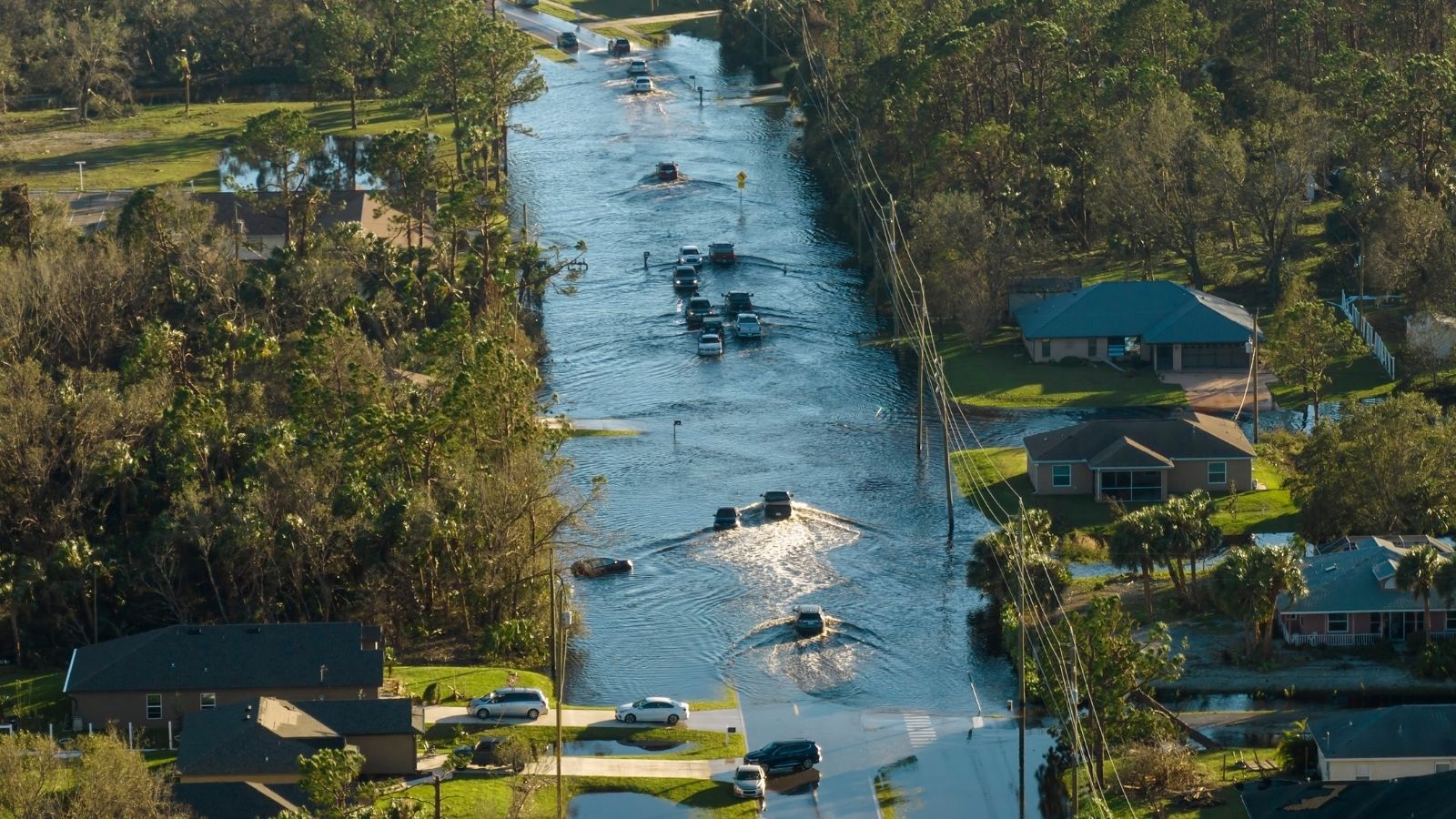
Hurricanes, floods, and tornadoes are examples of extreme weather occurrences that are known to cause quick and costly infrastructure damage, leaving local governments with a mountain of repair expenses. Roads, bridges, and utilities may sustain significant damage, necessitating expensive repairs to address future occurrences and the new climate realities. These expenses strain budgets and less money is available for other community needs.
Higher Insurance Costs

Climate concerns make it more difficult to find reasonably priced insurance in many places, particularly in locations prone to flooding and fire. High insurance premiums and the inability to obtain insurance are driving out many homeowners and companies, causing economic recession in the impacted areas.
Public Health Costs

Mental health issues, heat-related disorders, and respiratory ailments are all on the rise as a result of climate change. Communities are losing production due to people taking sick days and paying for additional medical expenses, which puts more strain on the local healthcare systems. This can be a significant economic setback for tiny areas with few healthcare facilities.
Increased Energy Costs

Energy use is rising in areas with more extreme temperatures, whether for heating in colder climes or cooling in hotter ones. The burden on energy providers raises the cost of electricity for both homes and businesses. Increased utility costs cut into discretionary income, which affects local economies’ spending.
Decreased Property Values in High-Risk Areas

Properties in areas prone to climate risks like flooding, wildfires, or hurricanes face declining values. Homebuyers and insurers are increasingly cautious, reducing demand and raising premiums. For homeowners, this can mean financial instability and difficulty selling or maintaining properties, ultimately affecting local economies that rely on a stable housing market.
Supply Chain Disruptions

Climate change poses a significant threat to global supply chains, increasingly disrupting them, with local businesses feeling the ripple effects. For example, a drought affecting agricultural output in one region can impact food prices globally. Similarly, natural disasters such as storms or floods can delay shipments, making it difficult for local businesses to maintain consistent supply and impacting economic stability.
Job Losses in Affected Sectors

Industries like tourism, agriculture, and fishing are particularly vulnerable to climate-related challenges, and with these sectors struggling, job losses have become inevitable. Communities that rely on these sectors are often hit hardest, leading to increased unemployment and reduced consumer spending in local economies, which can spiral into a cycle of economic decline.
Increased Migration and Population Pressures

Regions frequently impacted by climate change are seeing residents relocate to safer areas, resulting in “climate migration.” As populations shift, some local economies experience strain from overcrowding, while others suffer from a loss of workforce and economic activity. Both scenarios disrupt local economies and create new challenges for community planning.
Shifts in Seasonal Patterns
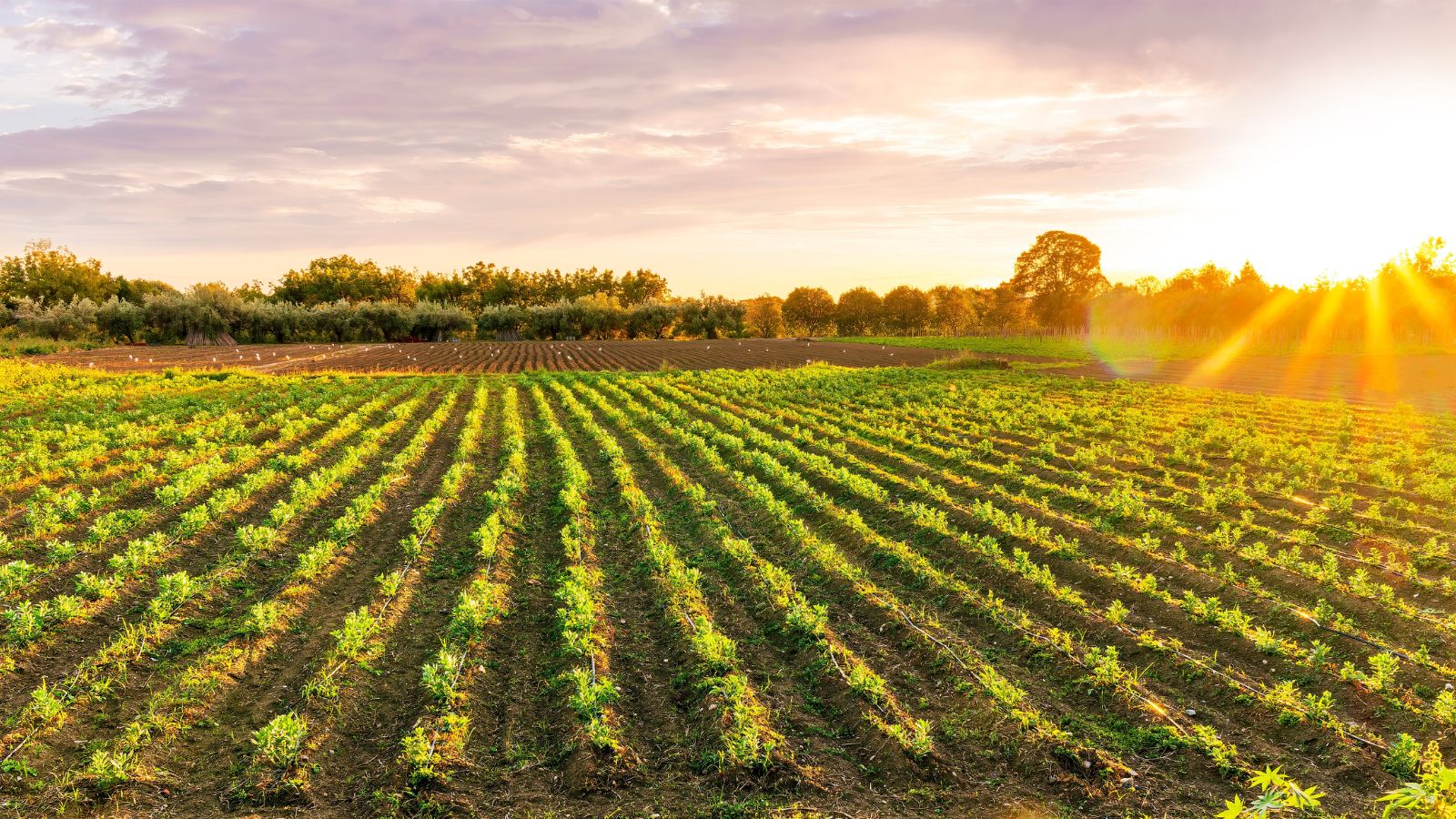
Many local economies depend on predictable seasonal patterns for agriculture, tourism, and seasonal work. Climate change alters these patterns, causing ski seasons to shorten or harvest seasons to shift unpredictably. These changes negatively influence business operations, income cycles, and even cultural traditions tied to local economies.
Higher Costs of Disaster Relief and Recovery
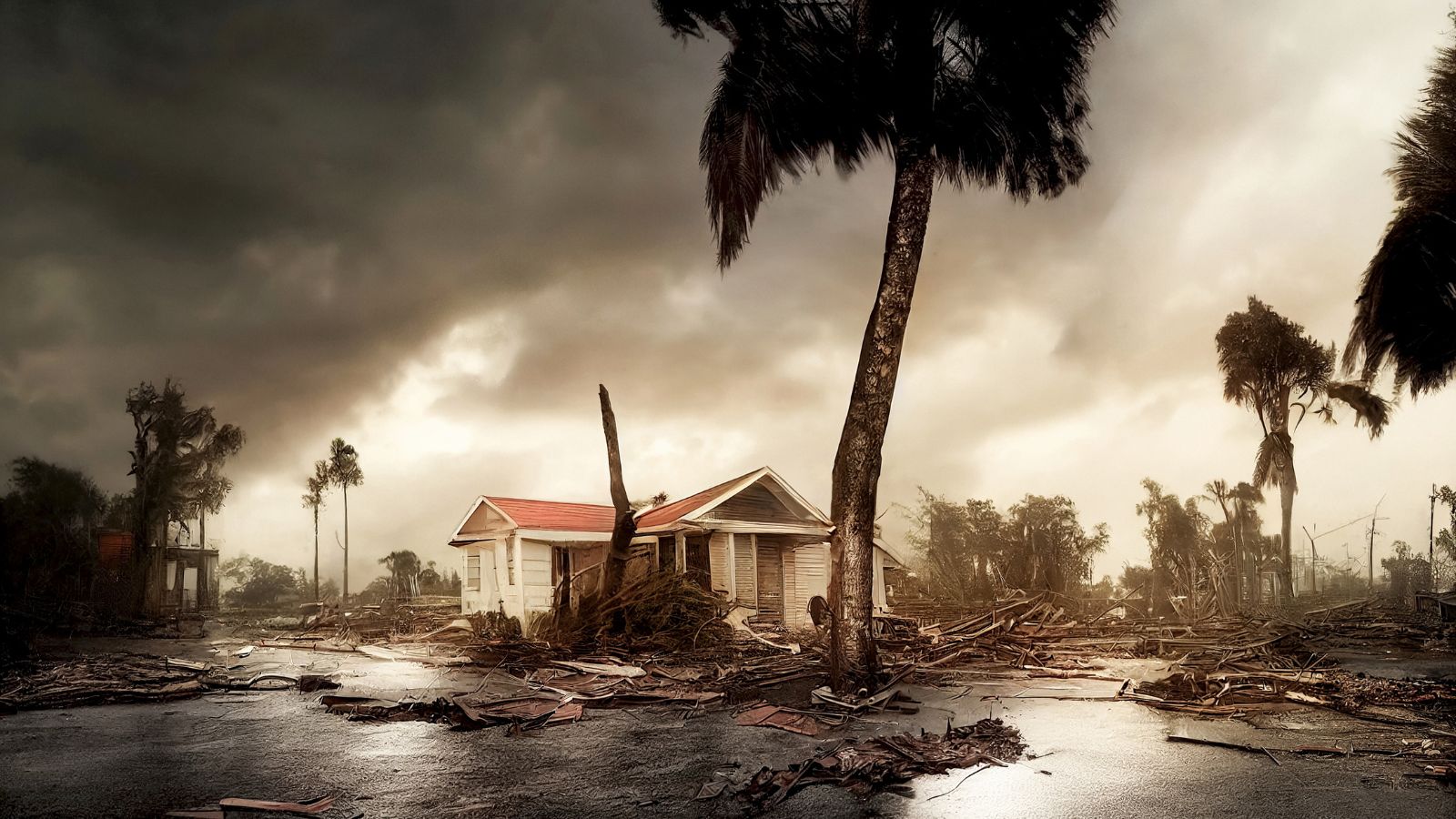
Every time there is a climate disaster, the local and federal governments must allocate funds for relief and recovery, which uses resources from other economic needs. This is incredibly challenging for smaller communities with limited budgets. The cumulative cost of disaster response can severely strain local economies over time.
Pressure on Social Services
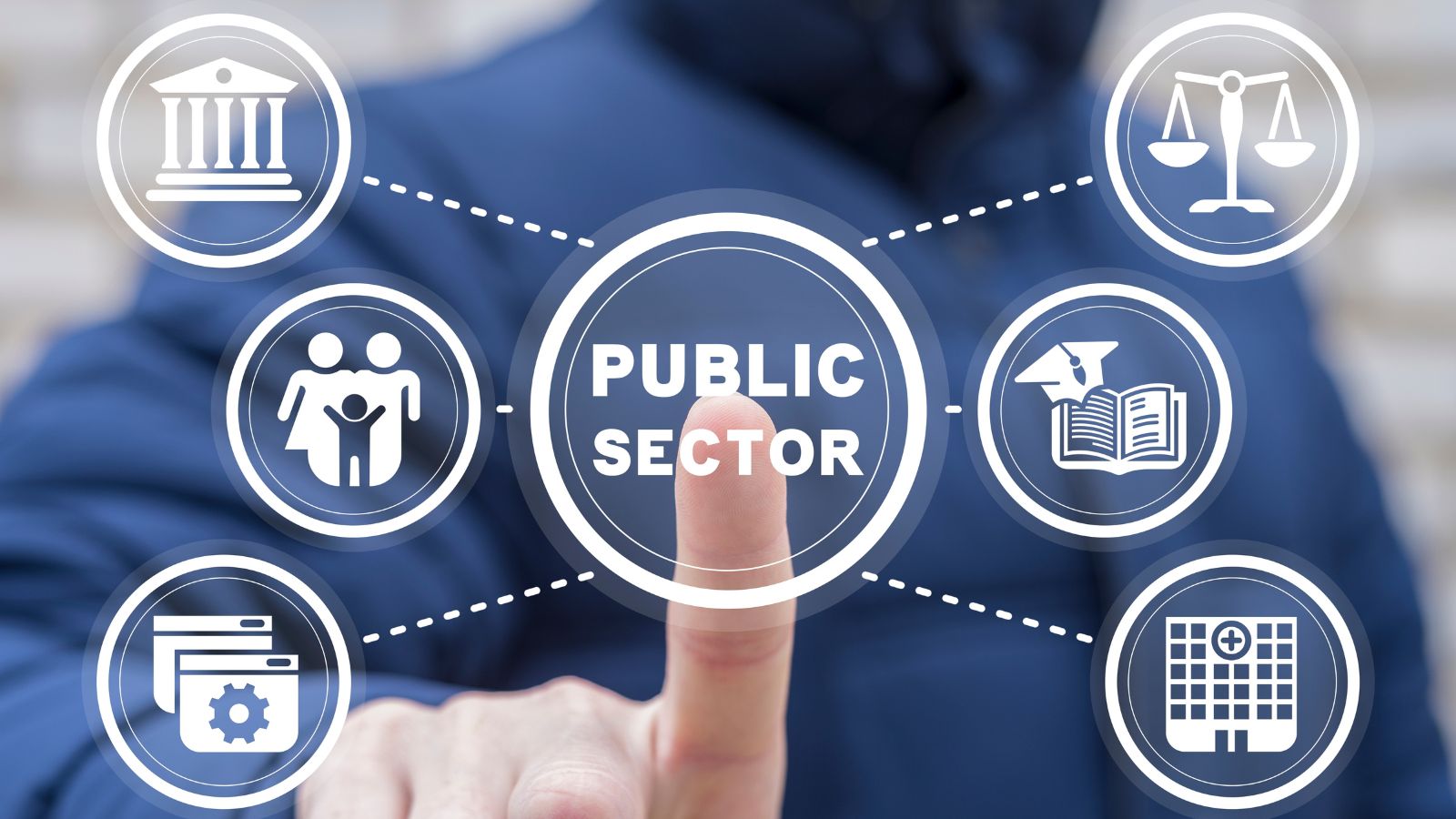
Extreme weather events can increase demand for social services, from emergency shelters during extreme weather to climate-related health issues such as mental health resources after disasters and other health complications. The increased burden on social services often stretches budgets thin, leaving fewer resources for other community needs and increasing the financial strain on local governments.
Loss of Cultural Heritage and Identity

Climate change affects cultural traditions and sites that are deeply connected to local identity and the economy in some places. For example, communities reliant on traditional fishing practices are impacted heavily. This loss of cultural landmarks and practices can also impact tourism, which, in turn, affects local businesses.
Conclusion

The impact of climate change on local economies is undeniable and growing. The ripple effects reshape industries, livelihoods, and communities from water scarcity to declining property values. Addressing these challenges requires urgent action, innovative solutions, and collective efforts to mitigate risks and adapt to a changing environment. By prioritizing sustainable practices and supporting vulnerable sectors, we can reduce the economic strain and create a resilient foundation for future generations to thrive despite the ongoing climate crisis.
18 Reasons Why People Are Leaving Florida in Masses

Exploring factors that impact the desirability of living in Florida, this list delves into various challenges shaping residents’ experiences. From environmental concerns like rising sea levels to economic factors such as fluctuating job markets, these issues collectively contribute to a nuanced understanding of the state’s appeal.
18 Reasons Why People Are Leaving Florida in Masses
